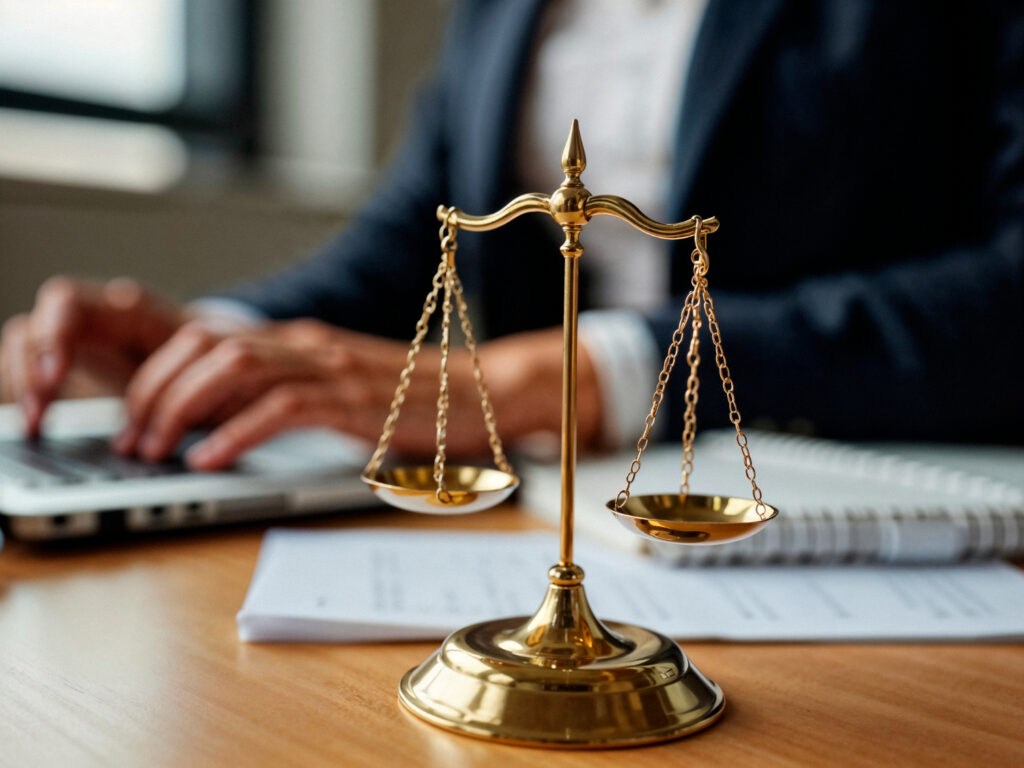Now Reading: Understanding Fault and Liability in Car Accidents
-
01
Understanding Fault and Liability in Car Accidents

Understanding Fault and Liability in Car Accidents
Car accidents can be traumatic and costly, both in terms of human life and property damage. In the aftermath of a car accident, understanding the fault and liability can be crucial to determine who is responsible for the damages incurred.
This article aims to provide a comprehensive overview of fault and liability in car accidents, covering the legal definitions, common causes, and relevant factors that influence the allocation of fault and liability.
Fault in Car Accidents
Fault in car accidents refers to the legal responsibility or blame for causing the accident. In most cases, determining fault requires an investigation of the circumstances leading to the accident and an assessment of the actions of all parties involved.
Determining fault is typically based on the standard of care expected of a reasonable person in similar circumstances. If a driver breaches this standard of care, they may be found at fault for the accident.
Legal Definitions of Fault
Legal definitions of fault may vary depending on the jurisdiction and the type of accident. In some states, fault is determined using the doctrine of contributory negligence, which means that a plaintiff cannot recover damages if they contributed to the accident in any way.
Other states use the doctrine of comparative negligence, which allows a plaintiff to recover damages even if they were partially responsible for the accident. The amount of damages recoverable may be reduced by the percentage of fault attributed to the plaintiff.
Common Causes of Car Accidents
Car accidents can occur due to various factors, including driver error, vehicle malfunctions, and environmental conditions. Some of the common causes of car accidents include:
- Distracted driving: When a driver is distracted by their phone, music, or other activities, they may not be paying attention to the road, leading to accidents.
- Speeding: When a driver exceeds the speed limit, they may not be able to stop in time to avoid a collision or lose control of the vehicle.
- Drunk driving: When a driver operates a vehicle while under the influence of alcohol or drugs, their judgment and reaction time may be impaired, leading to accidents.
- Failure to obey traffic signals: When a driver ignores traffic signals or signs, they may cause collisions with other vehicles or pedestrians.
- Vehicle defects: When a vehicle has defects in its design, manufacture, or maintenance, it may malfunction and cause accidents.
Liability in Car Accidents
Liability in car accidents refers to the legal responsibility to compensate the injured parties for their losses.
Liability may be shared among multiple parties depending on the degree of fault attributed to each party. Liability may also be based on the legal theories of negligence, strict liability, or intentional torts.
Negligence
Negligence is the most common legal theory used in car accident cases. Negligence occurs when a person fails to exercise reasonable care, and this failure results in harm to another person. To prove negligence in a car accident case, the plaintiff must show:
- Duty: The defendant had a duty of care towards the plaintiff.
- Breach: The defendant breached this duty of care by acting or failing to act in a certain way.
- Causation: The defendant’s breach of duty caused the plaintiff’s injuries.
- Damages: The plaintiff suffered damages as a result of the defendant’s breach of duty.
Strict Liability
Strict liability is a legal theory used in cases where the defendant is held responsible for the harm caused to the plaintiff, regardless of whether the defendant was at fault.
This form of liability is often used in cases involving product liability, where a defective product causes harm to the user or others.
Intentional Torts
Intentional torts refer to cases where the defendant acted with the intent to cause harm to the plaintiff. Intentional torts may include assault, battery, false imprisonment, or intentional infliction of emotional distress.
In car accident cases, intentional torts are rare but may occur in cases involving road rage or intentional collisions.
Factors Influencing Fault and Liability
Determining fault and liability in car accidents is not always straightforward, and various factors may influence the allocation of fault and liability. Some of the factors that may be considered include:
- Police reports: Police reports may provide valuable information on the circumstances leading to the accident, the statements of witnesses, and the initial determination of fault.
- Eyewitness accounts: Eyewitness accounts may provide additional details on the actions of the parties involved, the conditions of the road, and other relevant factors.
- Expert opinions: Expert opinions may be sought to assess the cause of the accident, the extent of damages, and the degree of fault attributed to each party.
- Insurance policies: Insurance policies may provide coverage for damages and injuries sustained in the accident, and the terms of the policies may influence the allocation of fault and liability.
- State laws: State laws may dictate the legal definitions of fault and liability and the allocation of damages in car accident cases.
Comparative Fault
In states that use the doctrine of comparative negligence, the degree of fault attributed to each party may determine the allocation of damages.
For example, if a plaintiff is found to be 20% at fault for the accident, and the damages are $100,000, the plaintiff may recover $80,000 ($100,000 minus 20% of $100,000).
No-Fault Insurance
Some states have adopted a no-fault insurance system, where drivers are required to carry personal injury protection (PIP) coverage that provides compensation for medical expenses and lost wages, regardless of who caused the accident.
Under the no-fault system, the injured parties cannot sue the at-fault driver unless the injuries meet certain thresholds, such as death or permanent disability.
Comparative Negligence vs. No-Fault
Comparative negligence and no-fault insurance are two different systems for allocating fault and liability in car accidents. This allows for the allocation of fault based on the degree of negligence of each party, while no-fault insurance provides compensation for injuries and damages regardless of fault.
The choice between these systems may depend on the state laws and the individual circumstances of the accident.
Seeking Legal Representation
Understanding fault and liability in car accidents is essential for determining who is responsible for the damages and injuries sustained in the accident. Ultimately, determining fault and liability may have significant legal and financial consequences for all parties involved, and seeking legal advice may be advisable in complex cases.
If you’re still confused about fault or need legal advice for your claim, contact a car accident lawyer from The Schiller Kessler Group.

Early in his journalism college years, Kerry Tucker had a revelation: there were not nearly enough law communicators. Peoples’ difficulties in understanding the law, procedures, and how the justice system worked stemmed from the fact that no one took the patience to explain
complicated matters to them. Therefore, he took upon him the task of helping people navigate legal matters easier. He works with attorneys and other legal journalists, and spends time doing research so that everyone – from a mother whose child got a bike injury to a company needing insurance counsel – to find the actionable answers they are looking for.










